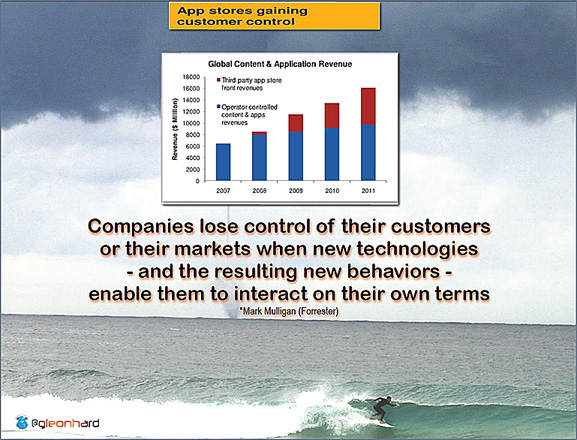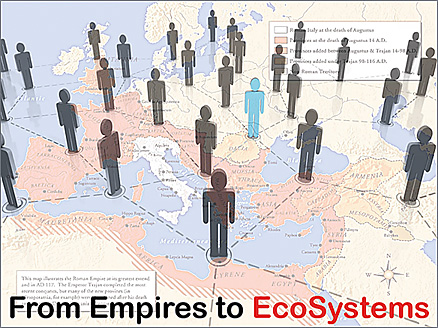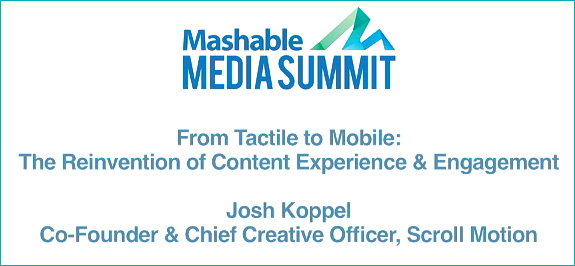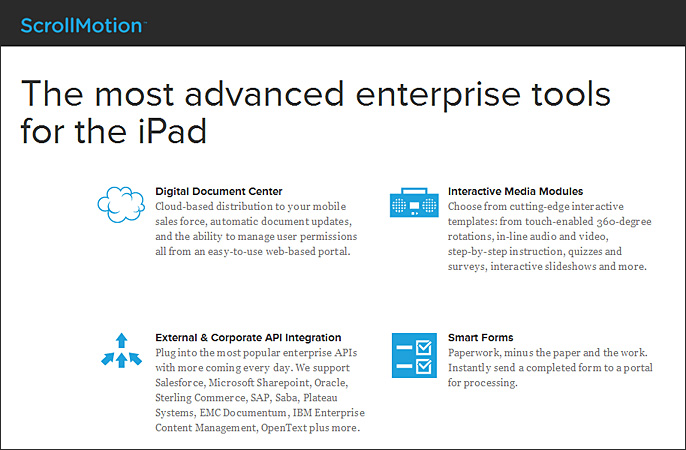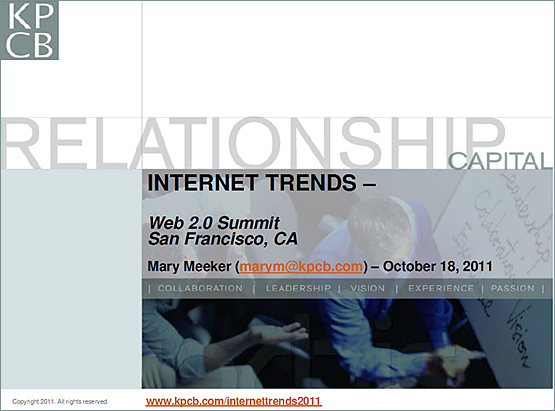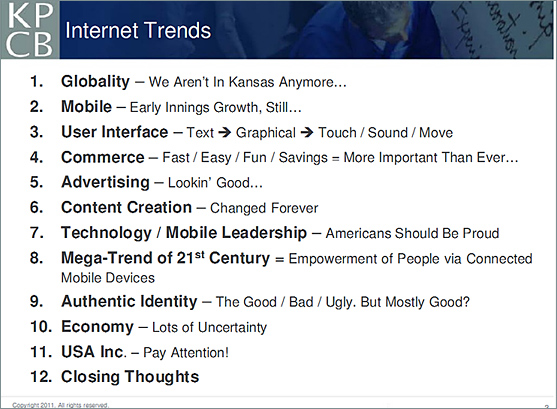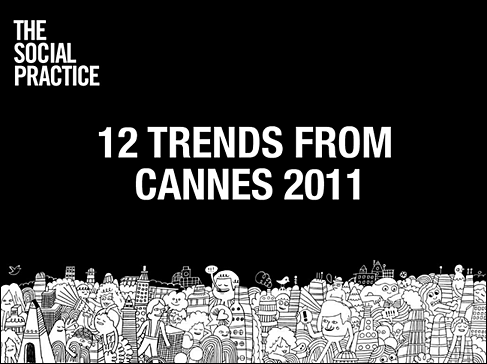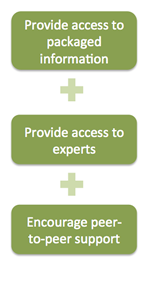Content-focusing questions for SME interviews — from elearninguncovered.com by Diane Elkins
Excerpt:
Over the years, we have developed a list of questions specifically designed to help with this SME conversation. Working with these questions helps us get the information we need and steers us away from information that isn’t relevant to the course. In some cases, providing this list to the SMEs in advance helps make the conversation go more smoothly.
- What are some of the areas that cause the most confusion?
- What are some of the most common questions you get about this topic?
- What are the common mistakes that people make in this area?
- What are the most dangerous mistakes people can make in this area? What is the impact?
- What are the biggest gaps between what people should be doing and what they are actually doing?
- Do you have any stories or examples that help illustrate key points?
- What content points might cause some resistance or pushback?
- Is there anything that might be considered new or revolutionary over what they previously did or thought?
- If they walked away remembering only three things, what would they be?
- Is there anything that they need to know “cold”? Meaning, if you stopped them on the street next Tuesday and asked them, you would want them to know the answer without blinking?
- Is there anything that is important but used infrequently? Perhaps rather than memorizing it, having a reference to look up would be more useful?
- Do you know of any checklists or reference guides that might help people use this information in their day-to-day work?
- Is there anything here that you would consider “nice-to-know”? Meaning, it won’t necessarily affect what they work on from day to day?
Of course, there are many other questions we need to ask for the project overall (you can find a list here), but we’ve found that these questions really help us focus on getting the best possible information from the SMEs that will be of most value to the students.









